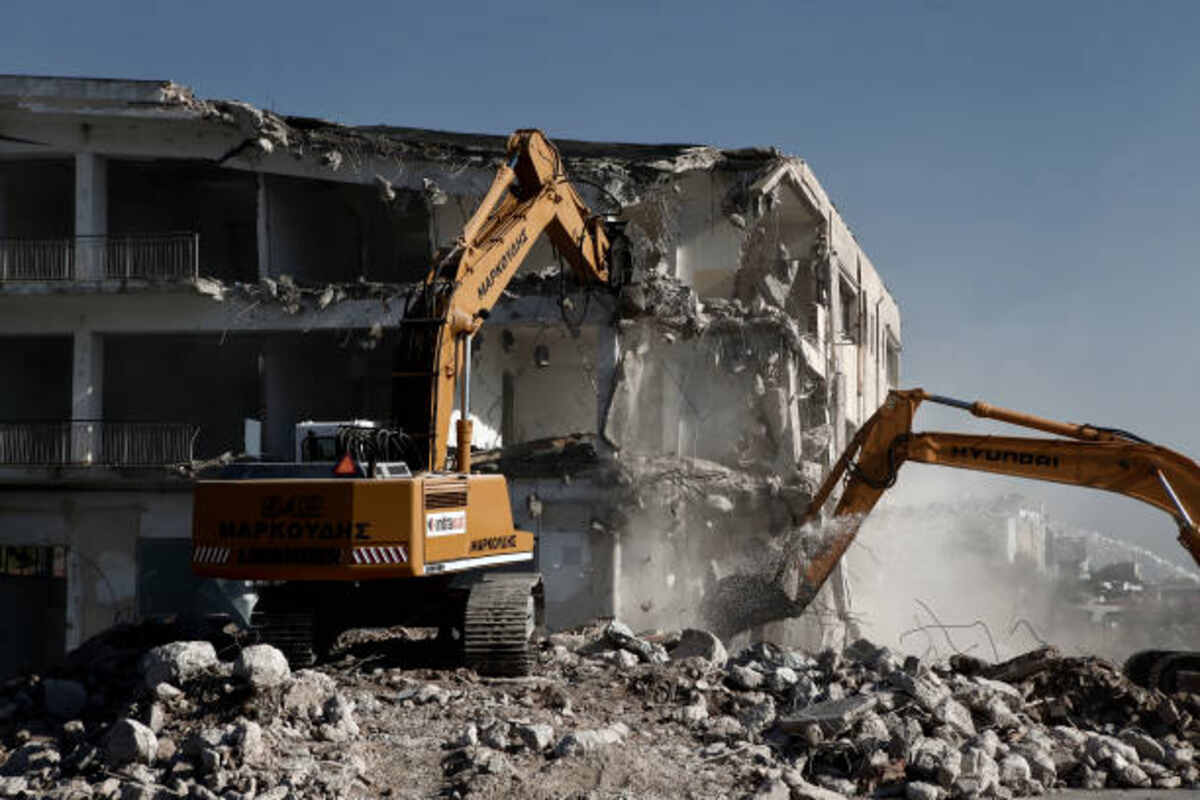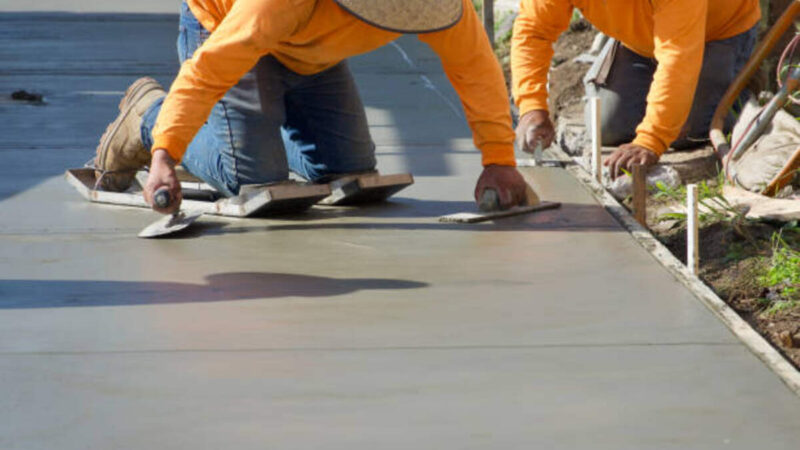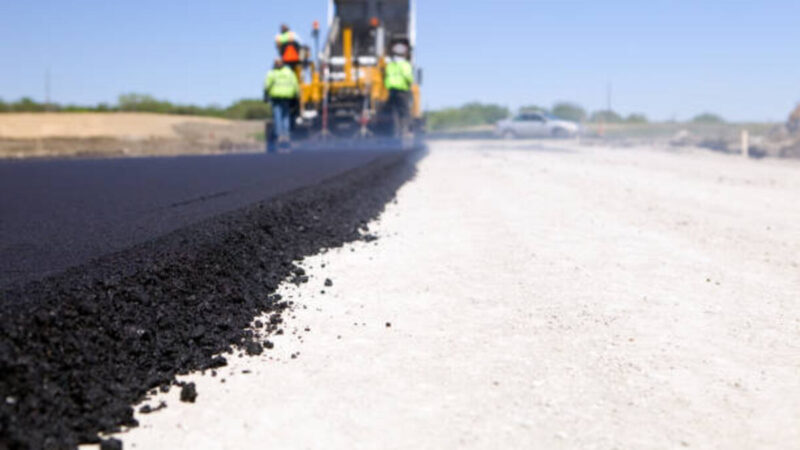Safety Tips for Miami Demolition Sites

When you think about demolition, Miami might not be the first place that comes to mind. However, the bustling cityscape of Miami, Florida, often requires old structures to make way for new developments. If you’re involved in a demolition project in Miami, safety should be your top priority. Whether you’re a seasoned pro or just getting started, following safety guidelines is crucial. Let’s dive into some key safety tips that will help you keep your demolition site safe and sound. An exceptionally fantastic fact about demolition in Miami.
Understanding the Importance of Safety in Demolition
Before we jump into the nitty-gritty, let’s talk about why safety is so crucial on a demolition site. Demolition work is inherently dangerous. We’re talking about heavy machinery, falling debris, and potential exposure to hazardous materials. By prioritizing safety, you protect not only your crew but also the surrounding community and environment. Plus, following safety protocols helps avoid costly fines and project delays.
The Nature of Demolition Hazards
Demolition sites are dynamic, with risks evolving as the project progresses. Heavy machinery operates in confined spaces, and workers are exposed to various hazards. Understanding the specific dangers associated with different phases of demolition can help in tailoring safety measures effectively.
Protecting the Surrounding Community
Demolition projects often occur in urban areas where the community is closely knit. Dust, noise, and debris can disrupt daily life, making it essential to implement measures that minimize these disturbances. Engaging with the community and informing them about the project’s timeline can foster goodwill and cooperation.
Legal and Financial Repercussions
Ignoring safety protocols can result in severe legal and financial consequences. Regulatory bodies impose strict fines for safety violations, and project delays due to accidents can significantly inflate costs. Investing in safety is not only ethically right but also financially prudent.
Gear Up: Personal Protective Equipment (PPE)
One of the first steps in ensuring safety on a demolition site is making sure everyone is properly geared up. Personal Protective Equipment (PPE) is non-negotiable.
The Role of PPE in Demolition Safety
PPE serves as the first line of defense against on-site hazards. While it doesn’t eliminate risks, it significantly reduces the likelihood of injury. Selecting the right PPE for specific tasks and ensuring proper use is essential for effective protection.
Essential PPE for Various Demolition Tasks
Different demolition tasks require specific PPE. For instance, workers handling hazardous materials like asbestos need specialized respirators, while those operating machinery might need hearing protection. Tailoring PPE to the task enhances safety and compliance.
Ensuring Proper Fit and Maintenance of PPE
Ill-fitting PPE can be as dangerous as having none at all. Regularly training workers on the correct usage and maintenance of their gear ensures maximum protection. Routine inspections and timely replacements of worn-out PPE are crucial in maintaining safety standards.
Conducting a Thorough Site Assessment
Before any demolition begins, conduct a comprehensive site assessment. This step is critical in identifying potential hazards and planning how to mitigate them.
Detailed Review of Building Plans
A thorough understanding of the building’s layout and construction materials is vital. Identifying potentially hazardous materials like asbestos or lead early on allows for strategic planning and specialized handling procedures.
Utility Management and Disconnection
Undiscovered or improperly handled utilities pose significant risks. Ensuring all gas, water, and electrical lines are identified and safely disconnected prevents accidents and service interruptions to neighboring areas.
Structural Stability Evaluation
Assessing the structural integrity of the building helps in planning the sequence of demolition safely. Identifying weak points ensures the controlled collapse of structures, minimizing risk to workers and surrounding properties.
Planning for Efficient Debris Management
Debris management is crucial for both safety and efficiency. Establishing clear zones for debris collection and ensuring proper disposal methods prevents site clutter and reduces tripping hazards.
Emergency Preparedness and Response Planning
An effective emergency response plan is a cornerstone of safety. Regularly updating and practicing emergency drills ensures that all workers can respond swiftly and safely to any unforeseen incidents.
Communicate and Train Your Team
Communication is key on any demolition site. Regular safety meetings and training sessions keep everyone on the same page.
Establishing a Culture of Safety
Fostering a culture that prioritizes safety involves more than just compliance; it requires active participation and commitment from all team members. Encouraging open dialogue about safety concerns can lead to innovative solutions and increased awareness.
Conducting Comprehensive Daily Safety Briefings
Daily safety briefings are an opportunity to align the team on the day’s objectives and potential hazards. These meetings should encourage questions and feedback to ensure everyone understands their role in maintaining safety.
Importance of Signage and Clear Communication
Effective signage acts as a constant reminder of potential hazards and safety protocols. Using universally recognized symbols and clear language ensures that everyone, regardless of language proficiency, can understand and follow safety instructions.
Continuous Training and Skill Development
Ongoing training is vital to keeping skills sharp and introducing new safety protocols. Regular workshops and refresher courses help workers stay updated on the latest safety technologies and regulations.
Use the Right Tools and Equipment
Using the appropriate tools and equipment for the job not only improves efficiency but also enhances safety.
Selecting the Appropriate Machinery for the Task
Each demolition task requires specific machinery. Selecting the right equipment for the job ensures efficiency and reduces the likelihood of malfunctions or accidents. Understanding the capabilities and limitations of each machine is crucial.
Regular Equipment Maintenance and Inspections
Routine maintenance and inspections of machinery prevent unexpected breakdowns and accidents. Establishing a maintenance schedule and keeping detailed records of repairs ensure that equipment remains in optimal condition.
Training Personnel on Equipment Operation
Only trained personnel should operate demolition machinery. Providing comprehensive training and certification programs ensures that operators understand both the functionality and safety features of their equipment.
Environmental Considerations
Miami’s unique environment demands special attention to environmental safety. Protecting the environment is crucial, and it often aligns with legal requirements.
Implementing Effective Dust Control Measures
Dust control is vital in minimizing air pollution and health risks. Utilizing water sprays, dust suppressants, and air filtration systems can significantly reduce airborne particles during demolition.
Waste Management and Recycling Practices
Proper waste management is essential for environmental protection and compliance. Sorting demolition waste for recycling not only reduces landfill impact but also can cut costs and improve project sustainability.
Noise Mitigation Strategies
Demolition noise can be disruptive to nearby residents. Implementing noise barriers and adhering to regulated work hours helps minimize disturbances and maintain community relations.
Be Prepared for Emergencies
Despite all precautions, emergencies can still happen. Being prepared is your best defense.
Stocking and Locating First Aid Kits
First aid kits should be strategically placed and easily accessible throughout the site. Regular checks ensure they are fully stocked and ready for use in case of minor injuries.
Establishing Clear Emergency Contact Protocols
Having a list of emergency contacts and services readily available ensures a swift response in case of an incident. Workers should be familiar with whom to contact and the steps to take during different types of emergencies.
Designing and Practicing Evacuation Plans
Evacuation plans must be clear, detailed, and regularly practiced. Ensuring all workers understand the procedures and routes enhances their ability to respond effectively during an emergency.
Conclusion
Working on demolition sites in Miami requires a commitment to safety. By equipping your team with the right PPE, conducting thorough site assessments, communicating effectively, and preparing for emergencies, you can significantly reduce risks. Remember, safety is not just about following rules; it’s about creating a culture where everyone looks out for one another. So, gear up, stay vigilant, and keep your demolition site safe!
By integrating these safety tips into your demolition projects, you’re not only safeguarding your team and the community but also ensuring your projects run smoothly and efficiently. Stay safe out there!



